Stars and Bars Flag (1861): History of the First Confederate Standard

The Stars and Bars: History and Controversy of the Confederacy's First National Flag (1861)
The official flags, established by the Confederate States for use during the Civil War, contained, as might be expected, the colors red, white, and blue and the Stars and Stripes. Naturally, this flag was not called the Stars and Stripes. It took the more euphonious appellation Stars and Bars.
The first Confederate Flag was adopted on March 4, 1861. It consisted of three stripes, alternate red and white, equal width, and a square canton of blue with seven stars, white five-pointed, in a circle, one star for each state that seceded.
In September 1861, the Confederate Army, represented by Generals Beauregard, Johnston, and Smith, adopted what became known as the Southern Cross or Confederate Battle Flag. Still, the Confederate Congress never legalized the flag.
That flag was a square field of red with a saltire cross of blue with thirteen white five-pointed stars on the arms of the cross.
General Beauregard had observed at the Battle of Manassas, July 21, 1861, that it was difficult to distinguish between the Stars and Stripes of the Union Army and the Stars and Bars of the Confederate Army.
Many in both armies firmly believed that each side had used the flag of its opponent as a stratagem.
The famous "rebel yell" originated when the first presentation of the Battle flags was made at Centerville, Va. "The Colonels of the regiments dismounted, marched to the front, and stood in line twenty paces before General Beauregard and Staff.

Historical Stars and Bars Flag
The General presented the flags, with a few martial words, to the Colonels who were expected to respond briefly. This raised a shout, or rather a yell, which, from its frequency, soon after became well known to both sides as the "rebel yell."
The adoption of the Southern Cross as a Battle flag, the objection to the Stars and Bars, and an objection raised to the Southern Cross that it could not be used reversed in naval service as a signal of distress, prompted the formal adoption by the Confederate Congress in April, 1863, of a new design of flag; being a white field, twice as long as its width, with the Battle flag as a canton in form of a square of two-thirds of the width of the flag, the thirteen stars remaining.
However, there were only eleven Confederate states. The stars were officially designated as five-pointed stars in all Confederate flags.

A Confederate Stars and Bars flag, captured by soldiers of the Union Army at Columbia, South Carolina.


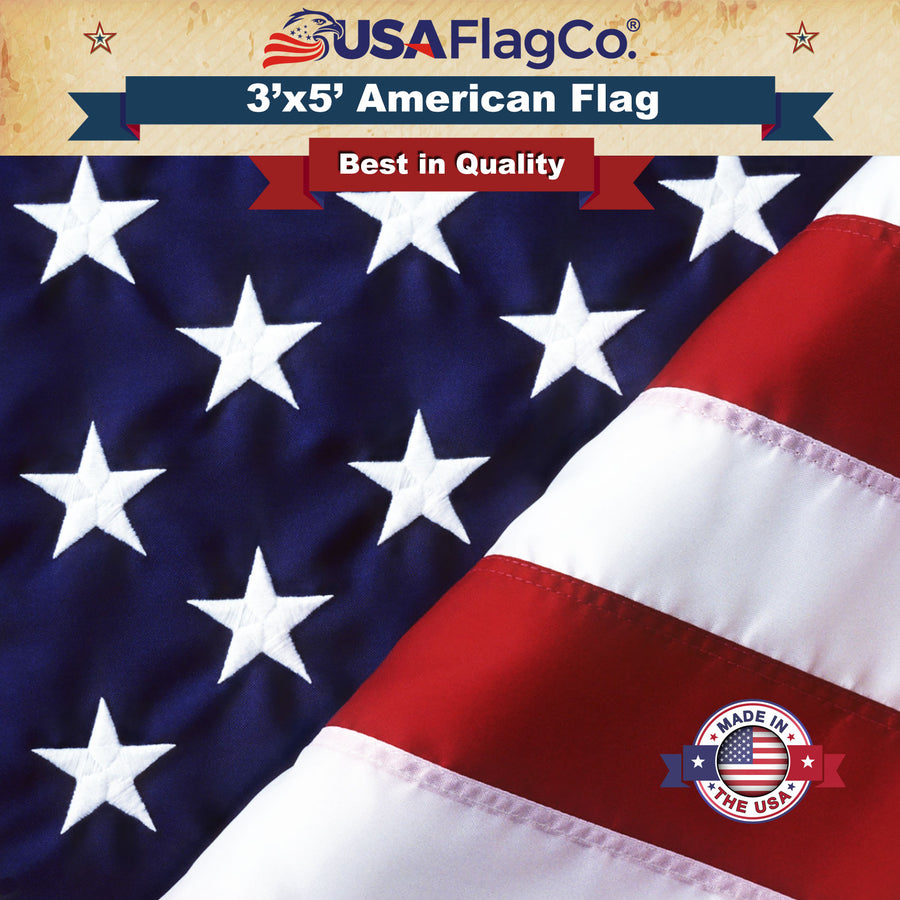
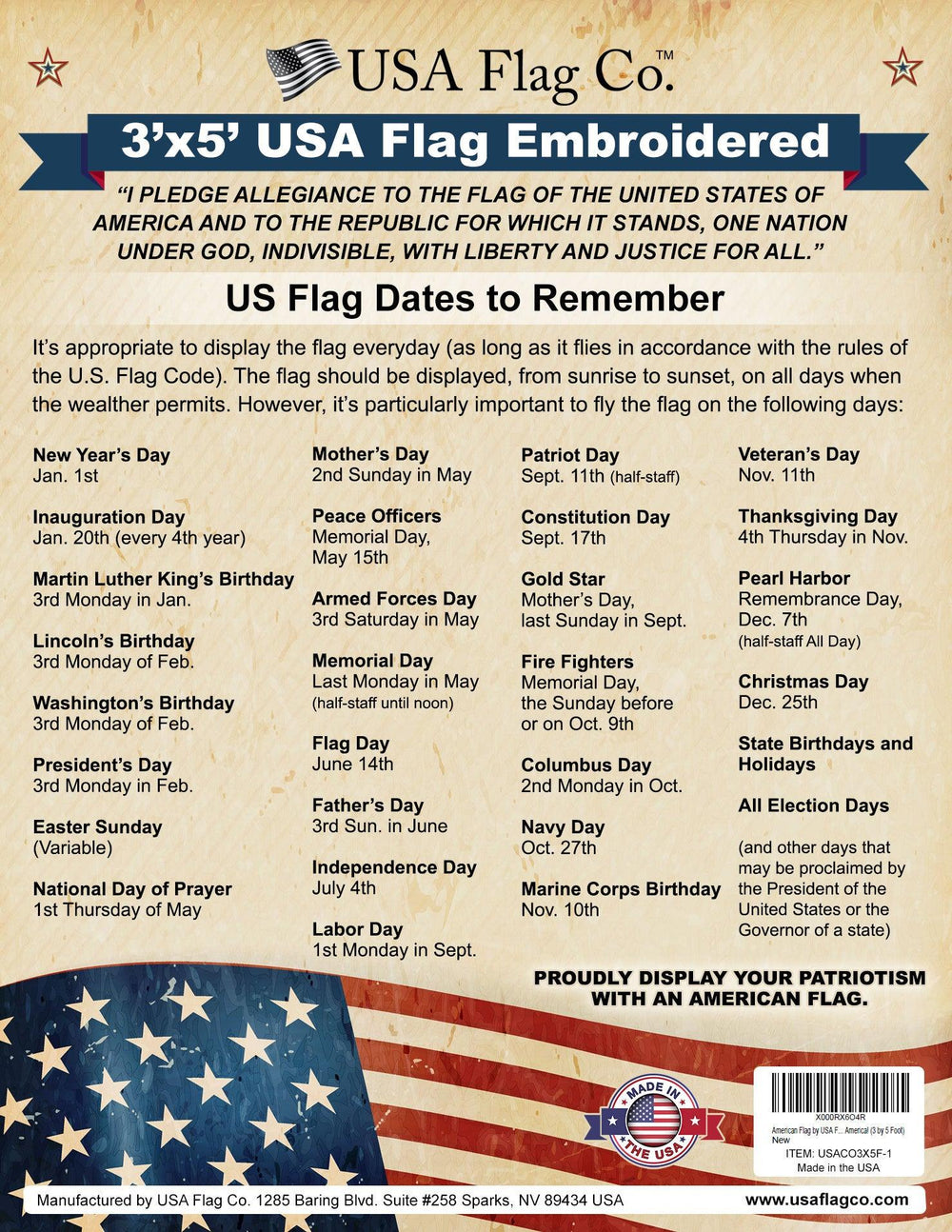
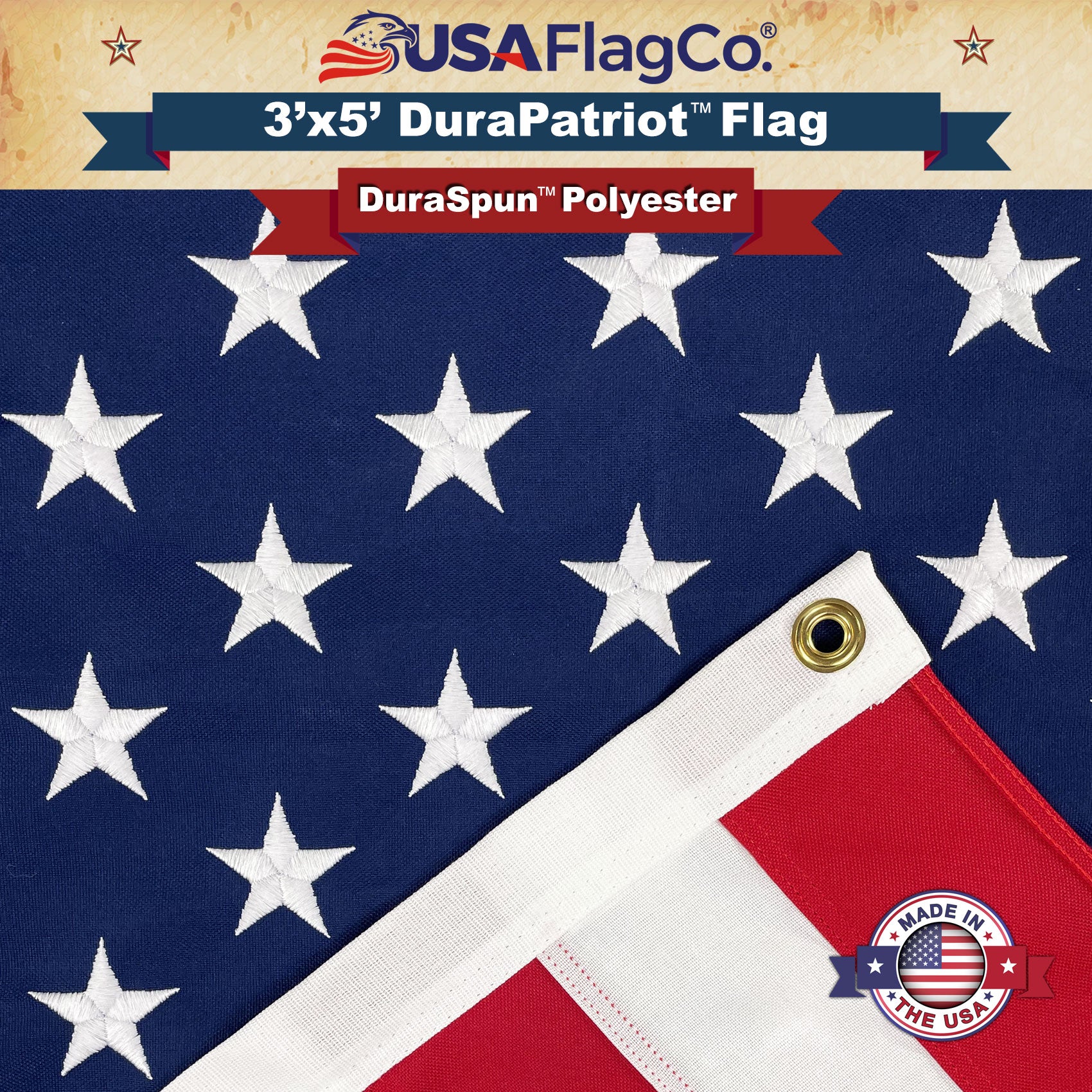
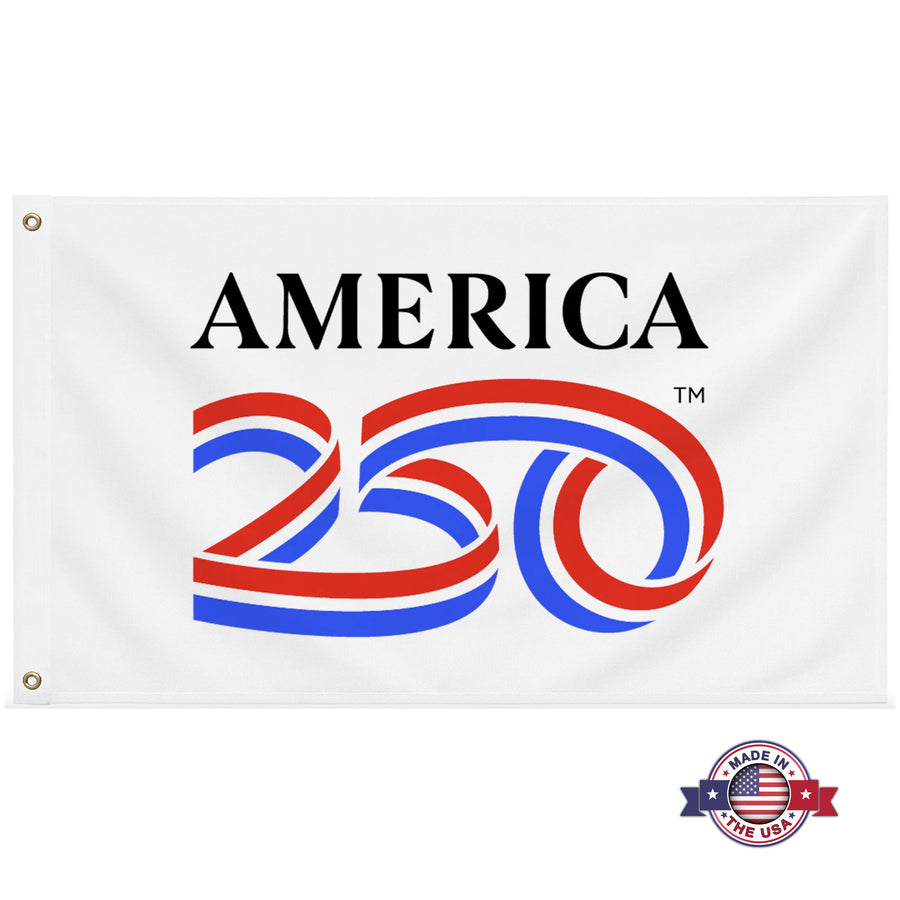
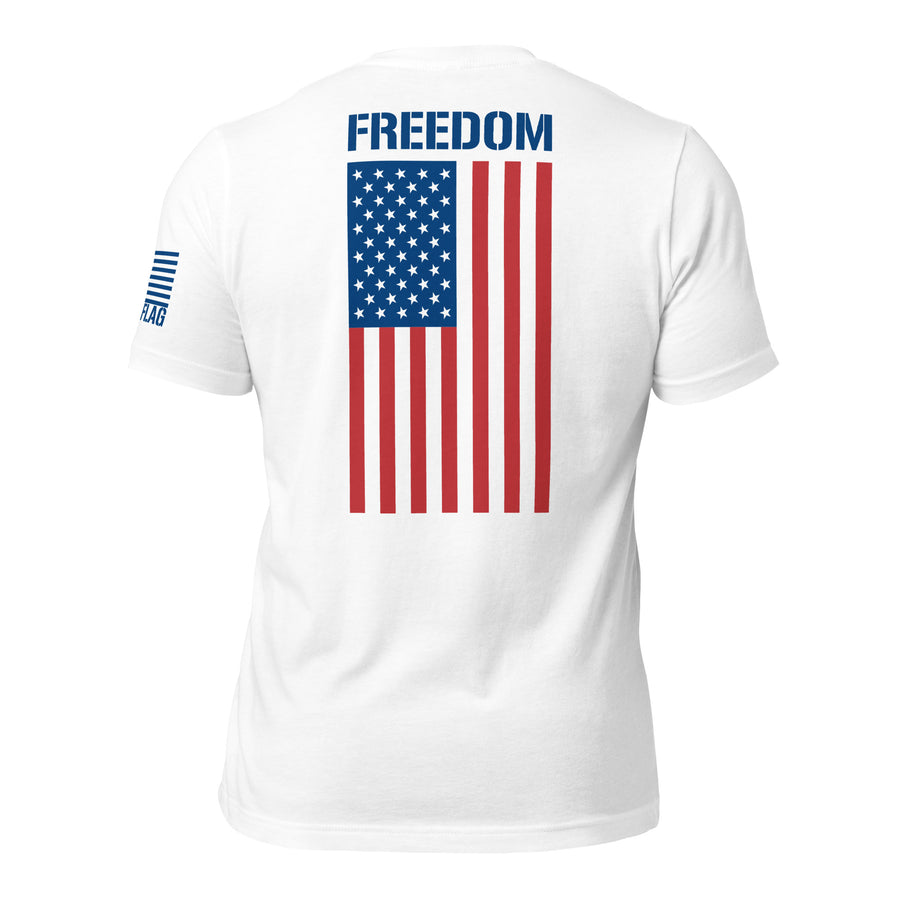
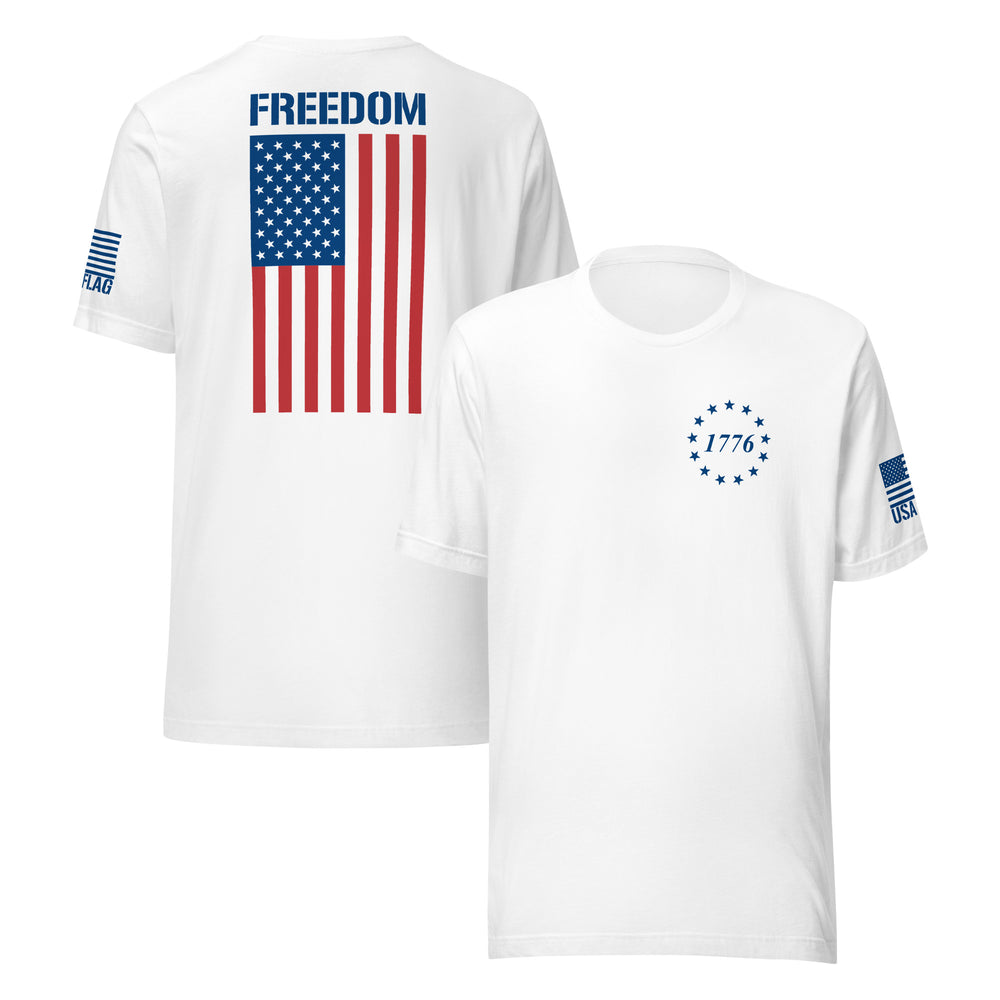
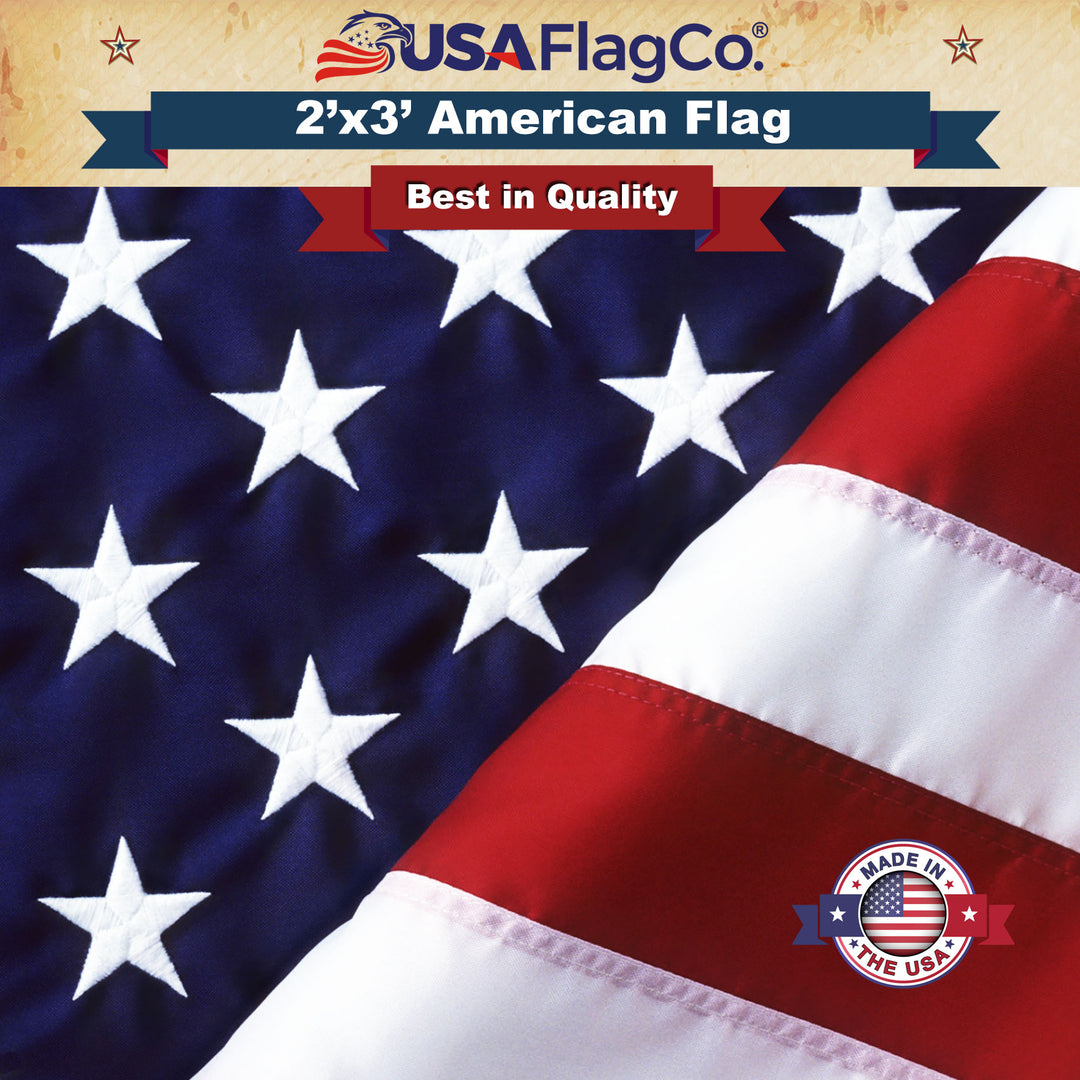
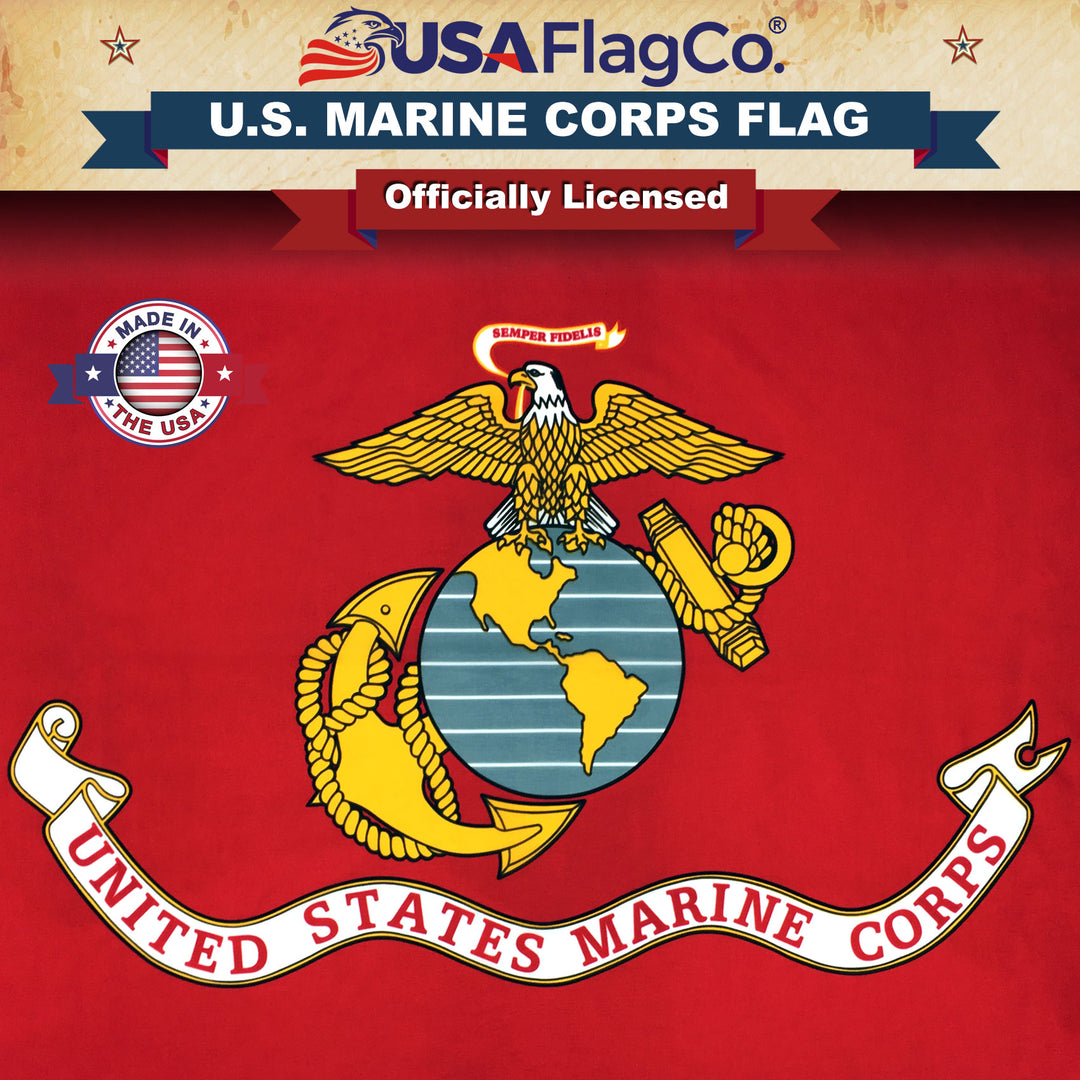
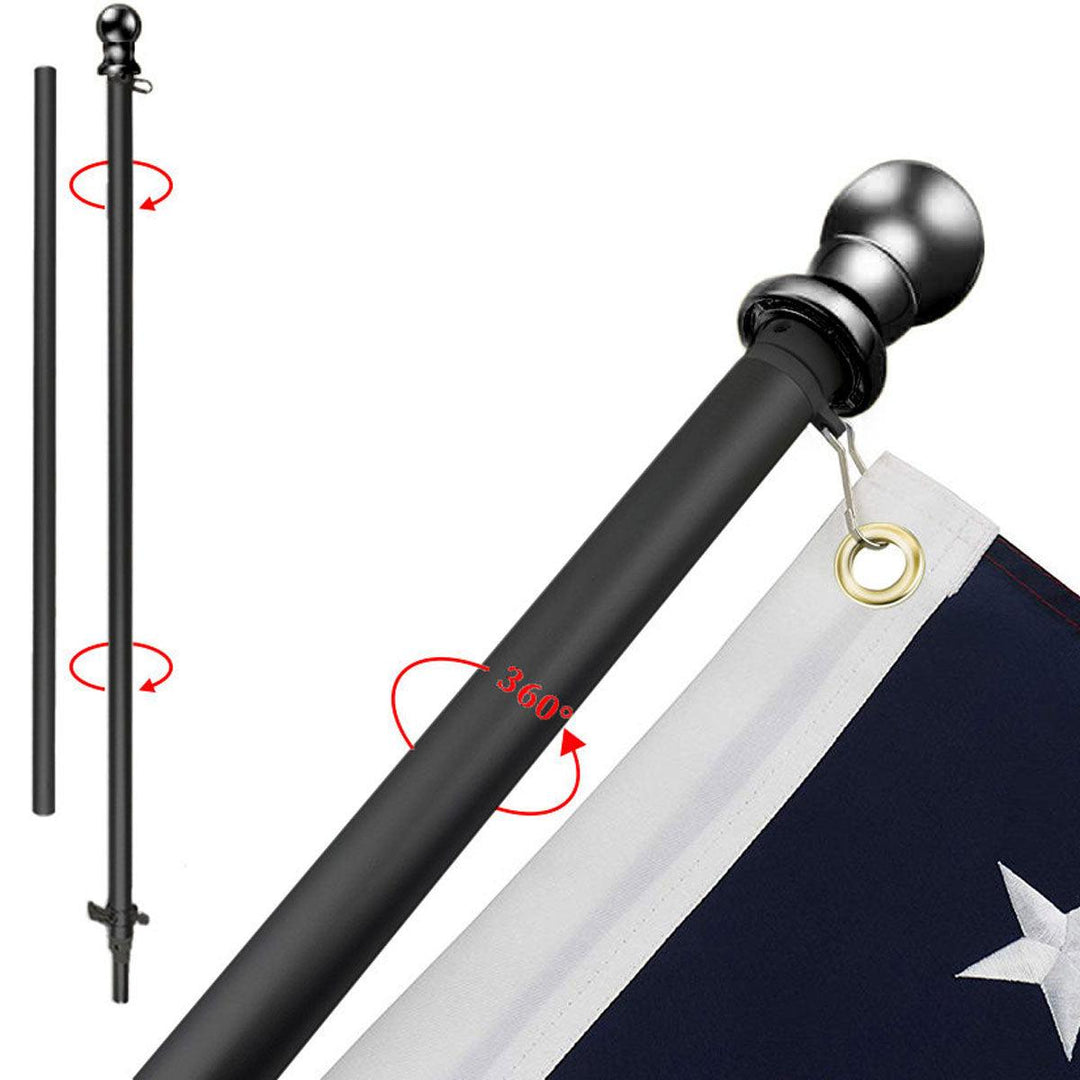
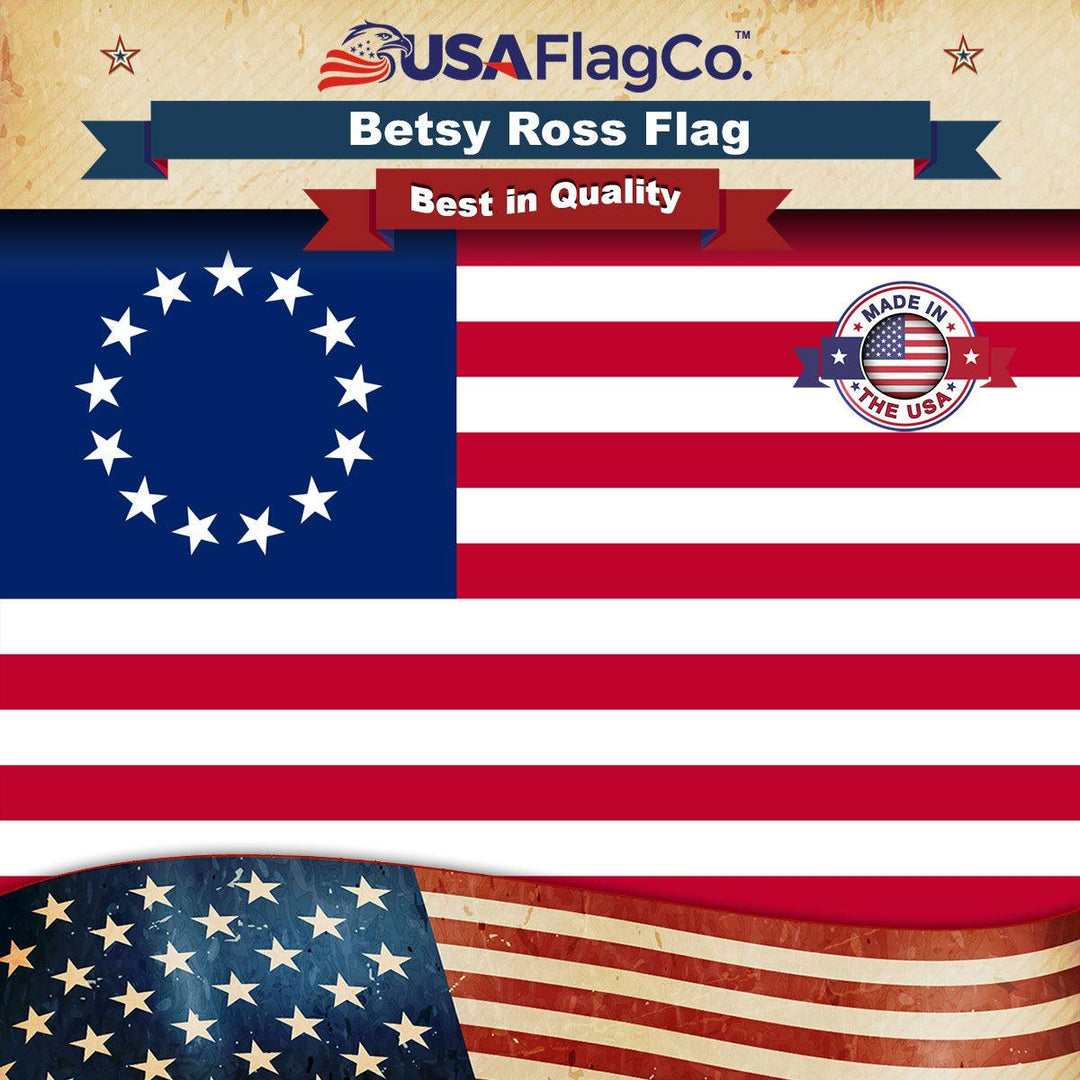
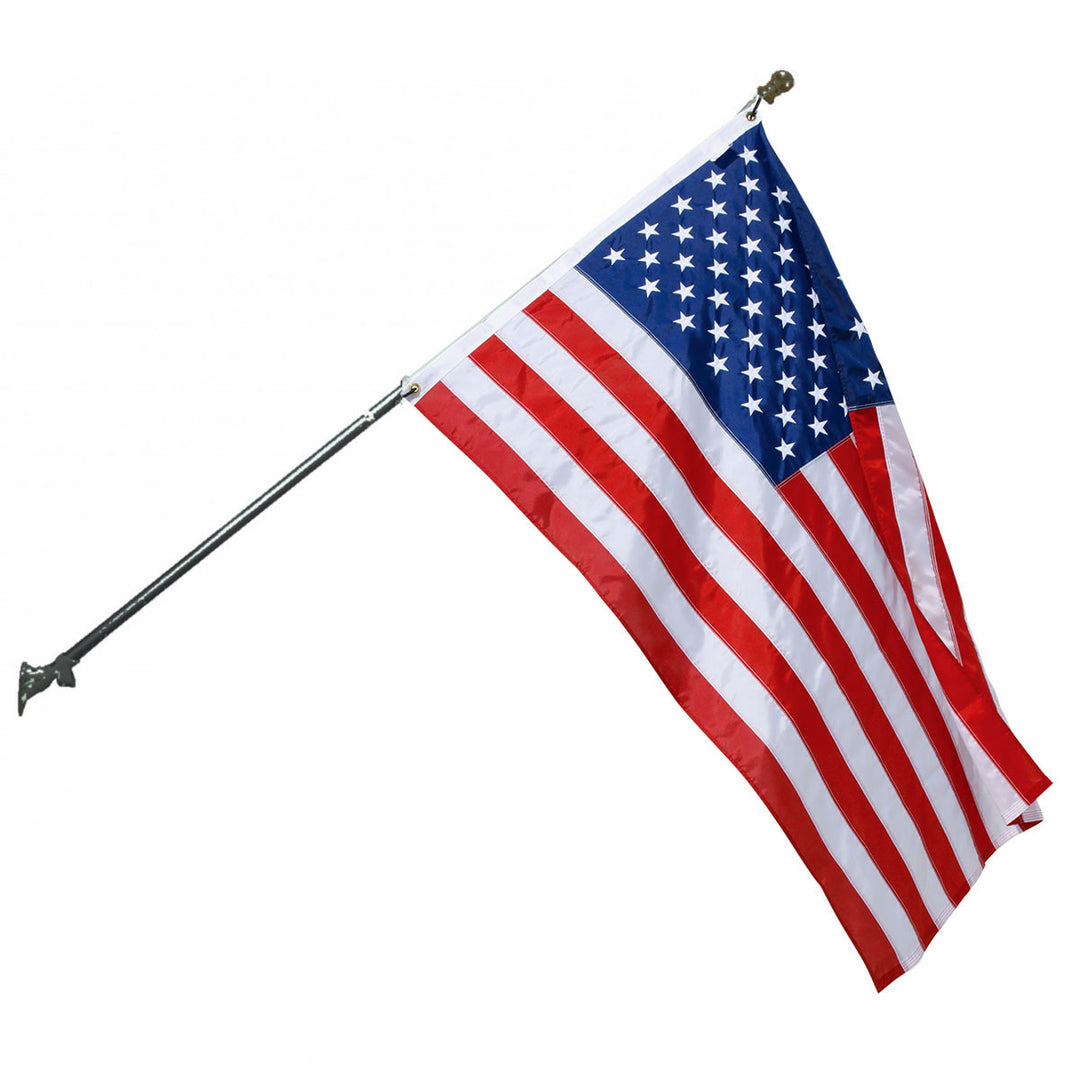
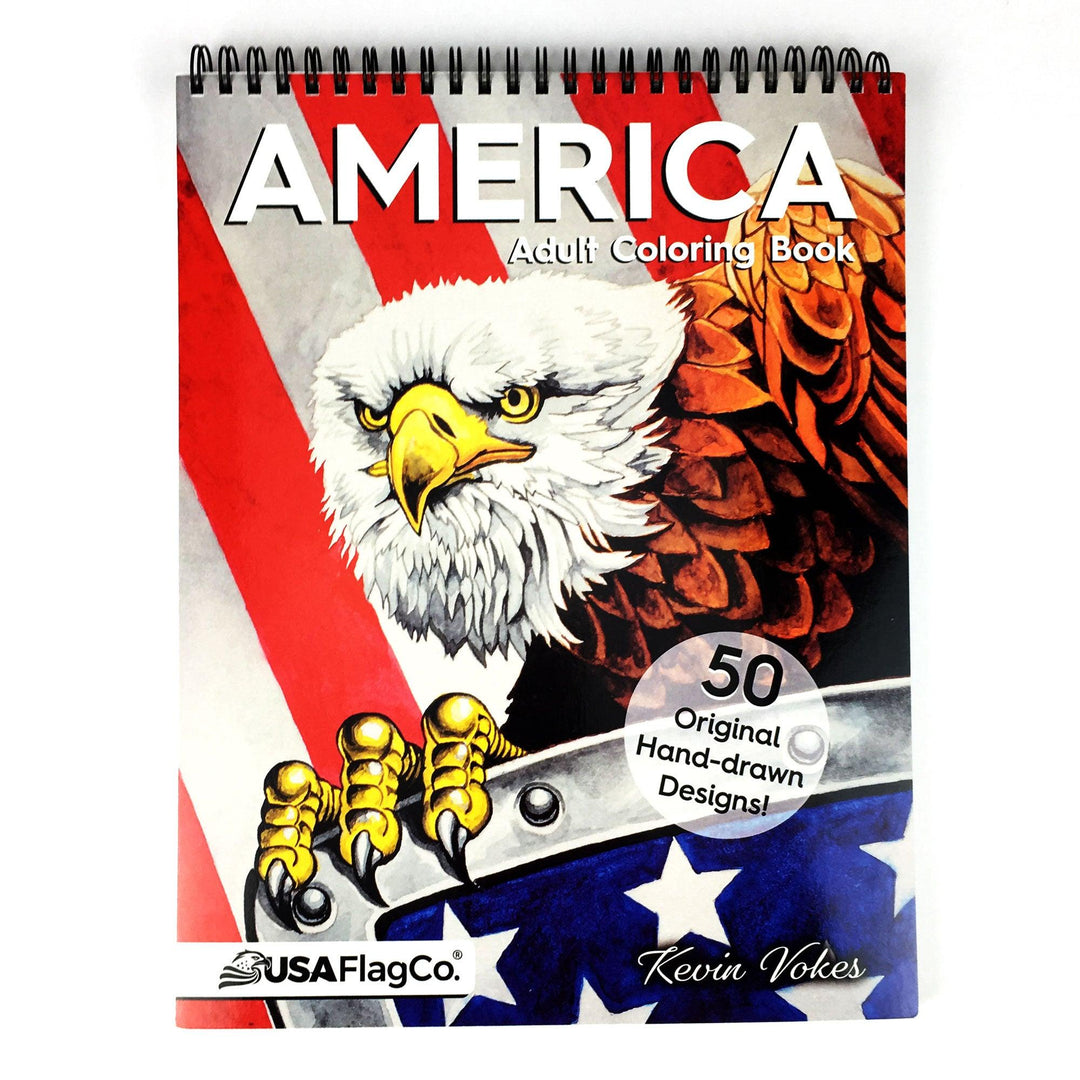
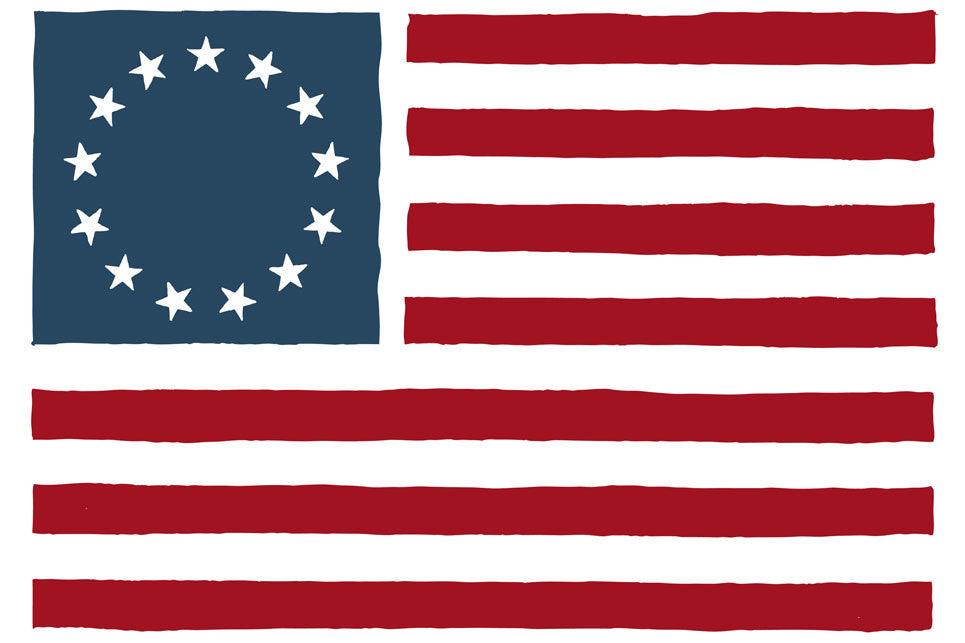
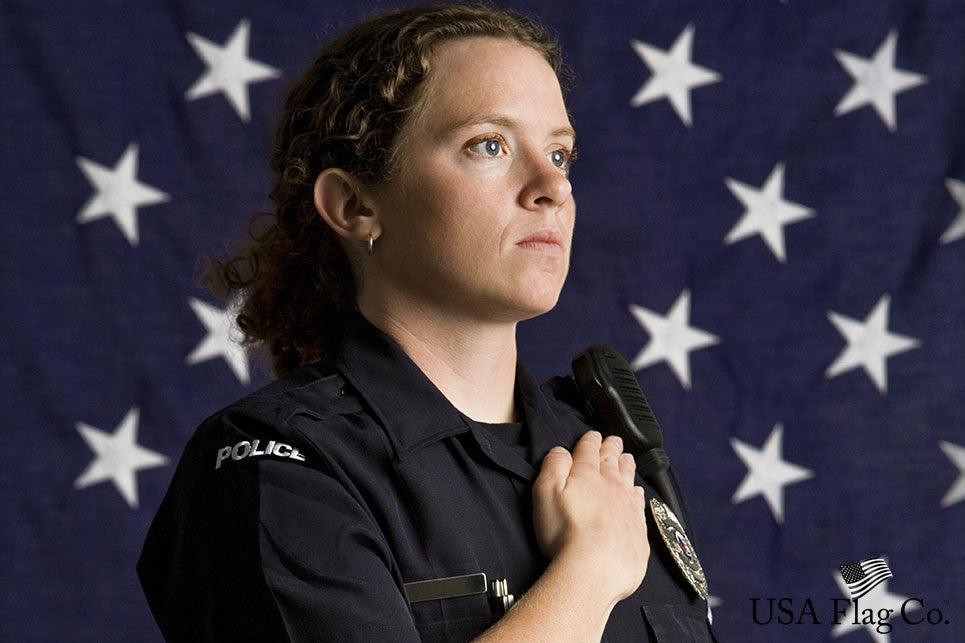
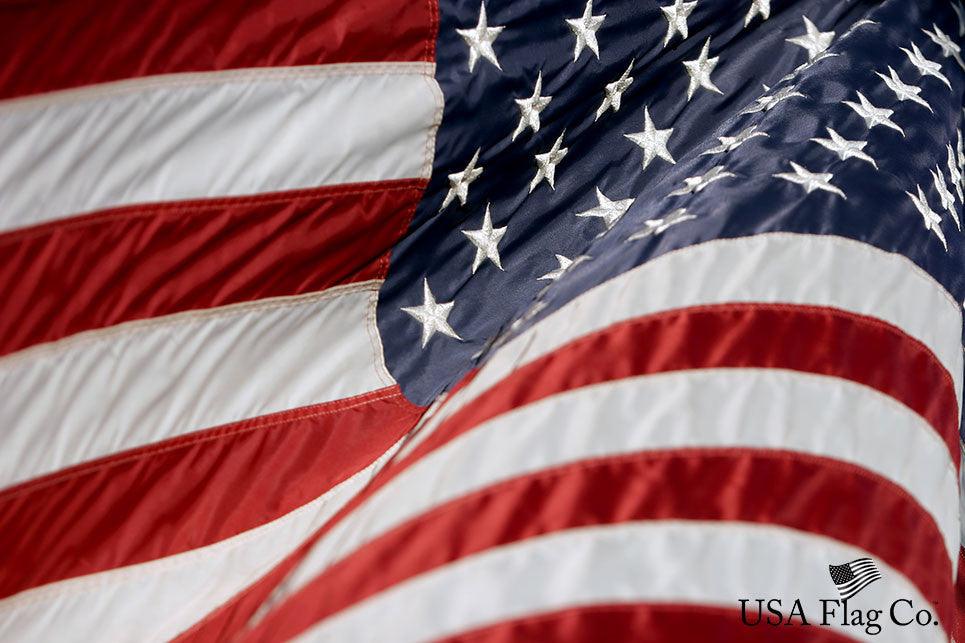
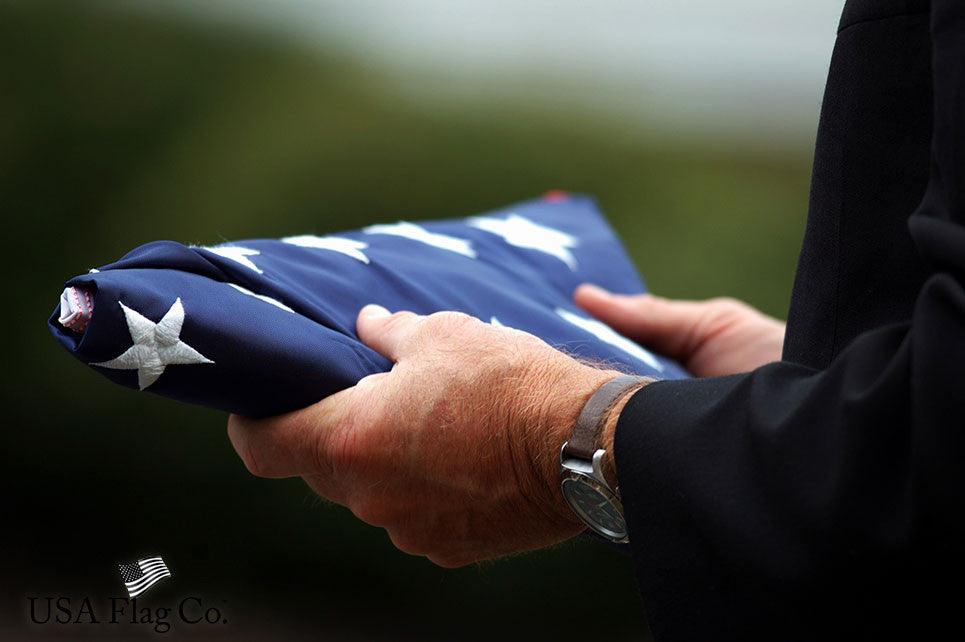
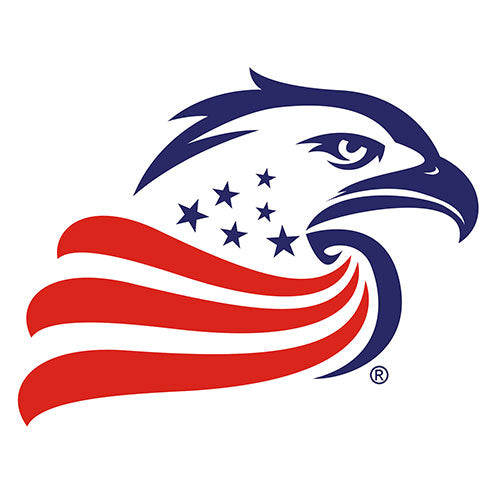

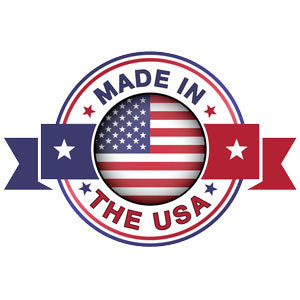
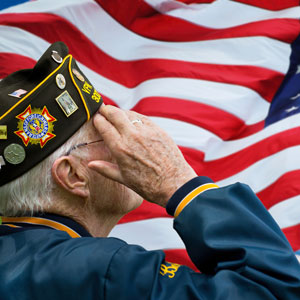
Leave a comment